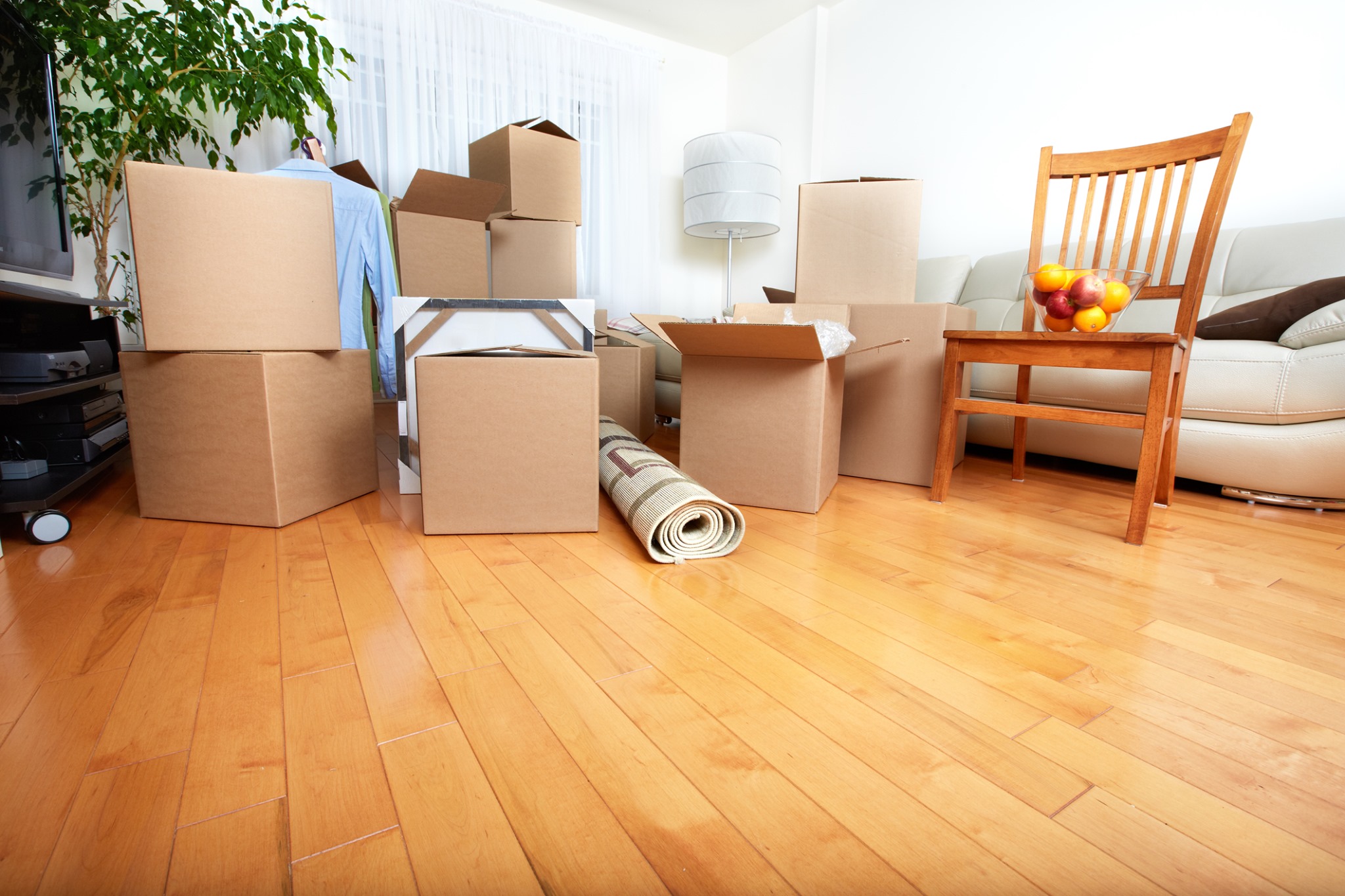

Articles
How Long Can You Keep Furniture In Storage
Modified: November 1, 2024
Discover how long you can safely store your furniture with these storage tips. Learn the best practices for preserving your valuable pieces and keep them in top condition.
(Many of the links in this article redirect to a specific reviewed product. Your purchase of these products through affiliate links helps to generate commission for Storables.com, at no extra cost. Learn more)
Introduction
When it comes to furniture, there may be times when you find yourself needing to store it. Whether you’re moving to a new home, downsizing, or simply need extra space, furniture storage can be a practical solution. However, it’s important to understand how long you can safely keep furniture in storage and the factors to consider to ensure its preservation.
Storing furniture requires thoughtful planning and consideration to prevent any damage or deterioration during its time in storage. Factors such as the type of furniture, the duration of storage, and the storage conditions can all affect how well your furniture will withstand the storage period. By understanding these factors and taking appropriate precautions, you can ensure that your furniture remains in good condition, ready for use whenever you choose to retrieve it.
In this article, we will explore the ideal conditions for furniture storage, the common types of furniture and their storage durations, as well as helpful tips for preparing furniture for long-term storage. We will also discuss potential risks and precautions to be aware of when keeping furniture in storage. So, let’s dive in and learn more about how long you can keep furniture in storage and how to do it properly!
Key Takeaways:
- Properly preparing furniture for long-term storage is essential for its preservation and protection. Factors such as type of furniture, storage conditions, and duration play a crucial role in determining its longevity.
- Creating ideal storage conditions involves controlling temperature, humidity, and light exposure. Adequate ventilation, pest control measures, and proper cleaning are essential for maintaining the quality and longevity of furniture.
Read more: How Long Can You Keep Flax Seeds
Factors to Consider When Storing Furniture
When it comes to storing furniture, there are several important factors to consider. These factors can greatly impact the condition and longevity of your furniture during its time in storage. Let’s take a closer look at what you need to keep in mind:
- Type of Furniture: Different types of furniture require different storage considerations. Delicate wood furniture, for example, may need extra protection to prevent scratches or warping. Upholstered furniture should be covered to protect it from dust and potential stains. Consider the materials and construction of your furniture to determine the appropriate storage measures.
- Duration of Storage: The length of time you plan to store your furniture will impact the precautions you need to take. Short-term storage may require minimal protection, while long-term storage requires more thorough preparation. Consider the duration carefully to determine the necessary measures to preserve your furniture.
- Storage Conditions: The storage conditions play a crucial role in maintaining the quality of your furniture. Factors such as temperature, humidity, and exposure to light can all affect the condition of your furniture. Ideally, furniture should be stored in a cool, dry, and well-ventilated environment to prevent mold, mildew, or warping. Additionally, protecting furniture from direct sunlight can prevent fading or discoloration.
- Proper Cleaning: Before storing your furniture, it’s important to clean it thoroughly. Dust and dirt can accumulate during storage and potentially damage the surfaces. Use appropriate cleaning methods based on the type of furniture, such as dusting with a soft cloth or vacuuming upholstery. Additionally, consider using mild cleaning agents to remove any stains or spills.
- Disassembly and Packaging: If possible, disassembling furniture can make storage more efficient and reduce the risk of damage. Keep track of any hardware or screws to ensure easy reassembly later on. Proper packaging and wrapping are also essential to protect the furniture during transit and storage. Consider using padding, blankets, or furniture covers for added protection.
- Security Measures: Ensuring the security of your stored furniture is crucial. Choose a reputable storage facility with adequate security measures in place, such as surveillance cameras, security guards, and secure access. Additionally, consider purchasing insurance coverage to protect your furniture against unforeseen events like theft or damage.
By considering these factors and taking appropriate measures, you can help ensure that your furniture remains in excellent condition throughout the storage period. Now that we’ve covered the factors to consider, let’s move on to understanding the ideal conditions for furniture storage.
Ideal Conditions for Furniture Storage
Creating the ideal storage conditions is crucial for maintaining the quality and longevity of your furniture. By ensuring the right environment, you can prevent damage from factors such as temperature, humidity, pests, and sunlight. Here are the key considerations for creating the ideal conditions for furniture storage:
- Temperature: Furniture is best stored in a climate-controlled environment to prevent extreme temperature fluctuations. Ideally, the temperature should be maintained between 60°F and 75°F (15°C to 24°C). Avoid storing furniture in areas that are subject to extreme heat or cold, such as attics or basements without temperature control.
- Humidity: High humidity can lead to mold, mildew, and warping of furniture, while low humidity can cause cracking and drying out. Aim for a relative humidity level between 40% and 50%. You can use dehumidifiers or humidifiers depending on the climate and region you’re in to maintain optimal humidity levels.
- Pest Control: Protect your furniture from pests such as insects, rodents, and termites. Ensure the storage area is well-sealed to prevent them from entering, and consider using pest control measures like traps or repellents. It’s also a good idea to regularly inspect your furniture for any signs of pest activity during storage.
- Light Exposure: Direct sunlight can cause fading and discoloration of furniture over time. Avoid placing furniture near windows or direct light sources. If you can’t control the light exposure in the storage area, consider covering the furniture with blankets, tarps, or furniture covers to shield it from sunlight.
- Ventilation: Adequate ventilation is essential to prevent musty odors and allow for air circulation. Ensure there is proper ventilation in the storage area to prevent the buildup of moisture and unpleasant smells. If the storage space doesn’t have natural ventilation, consider using fans or ventilation systems.
- Organization and Placement: Proper organization and placement of furniture in storage can prevent damage. Avoid stacking heavy items on top of delicate furniture pieces to prevent crushing or breakage. Leave enough space between items to allow for air circulation and easy access. Additionally, consider covering furniture with blankets or sheets to protect it from dust.
By adhering to these ideal conditions, you can help ensure that your furniture remains in pristine condition throughout its time in storage. Next, let’s explore the common types of furniture and their recommended storage durations.
Common Types of Furniture and Their Storage Durations
When it comes to storing furniture, different types of furniture have varying durability and storage requirements. Let’s take a look at some common types of furniture and their recommended storage durations:
- Wooden Furniture: Wooden furniture such as tables, chairs, and dressers are generally durable and can withstand long-term storage if properly prepared. Ensure the wood is clean and dry before storing, and consider using furniture polish or wax to protect the surfaces. It’s recommended to store wooden furniture for up to one year without frequent inspection.
- Upholstered Furniture: Upholstered furniture, including sofas, armchairs, and mattresses, requires extra care during storage. Clean the upholstery thoroughly and treat any stains before storing. Consider using plastic covers or wrapping the furniture in protective material to prevent dust, dirt, and potential damage. It’s advisable to inspect and rotate upholstered furniture every six months during long-term storage.
- Metal Furniture: Metal furniture such as outdoor patio sets or metal bed frames can be susceptible to corrosion and rust if stored in damp conditions. Clean the metal surfaces and apply a protective coating to prevent rust formation. If possible, disassemble metal furniture to save space and reduce the risk of damage. Store metal furniture for up to one year, checking for any signs of rust or deterioration periodically.
- Leather Furniture: Leather furniture, like sofas and recliners, should be cleaned and conditioned before storage to maintain its suppleness. Avoid placing leather furniture in extreme hot or cold environments as it can cause cracking or drying out. Cover the furniture with breathable material to prevent dust accumulation and allow air circulation. Leather furniture can be stored for up to six months to a year.
- Antique Furniture: Antique furniture requires special care during storage due to its age and delicate nature. Clean antique furniture gently with mild cleaning agents, and consider using furniture wax to maintain its finish. Store antique furniture in a climate-controlled environment to prevent damage from temperature and humidity fluctuations. Inspect antique furniture regularly to ensure its preservation.
- Cabinet and Shelving Units: Cabinets and shelving units can be stored for extended periods with adequate precautions. Ensure the interior of cabinets is clean and dry, and remove any loose or fragile items from shelves. Consider disassembling large units for easier storage and transportation. Protect cabinet doors and shelves with padding or blankets to prevent scratches. Store cabinets and shelving units for up to one year without frequent access.
These are just a few examples of common types of furniture and their suggested storage durations. It’s important to conduct thorough research or consult with professionals for specific furniture pieces that may require special handling or care. In the next section, we will provide some helpful tips for preparing furniture for long-term storage.
To keep furniture in storage long-term, use climate-controlled storage to prevent damage from temperature and humidity fluctuations. Cover furniture with breathable materials to prevent moisture buildup. Check on the furniture periodically to ensure it remains in good condition.
Tips for Preparing Furniture for Long-Term Storage
Preparing your furniture properly before placing it in long-term storage is essential for its preservation and protection. Follow these tips to ensure your furniture remains in excellent condition throughout the storage period:
- Clean Thoroughly: Clean your furniture thoroughly before storing. Dust, dirt, and debris can attract pests or cause damage over time. Use appropriate cleaning methods and products based on the material of your furniture. Allow the furniture to dry completely before proceeding to the next step.
- Disassemble if Possible: If your furniture is disassemble-able, consider taking it apart before storing. This not only saves space but also reduces the risk of damage during transit and storage. Keep all the necessary hardware and instructions in a labeled bag for easy reassembly later.
- Wrap with Protective Material: Use blankets, furniture covers, or plastic wrap to protect your furniture from dust, scratches, and potential moisture. Make sure to choose breathable materials to allow for air circulation and prevent any condensation build-up.
- Store Fragile Items Separately: Fragile items such as glass tabletops, mirrors, or delicate decorations should be wrapped individually and stored separately. Label these items as “fragile” and place them in a secure location within the storage unit to avoid any accidental damage.
- Use Proper Support: Place furniture on pallets, boards, or risers to keep them off the ground and provide additional protection against moisture or pests. Avoid stacking heavy items on top of fragile furniture to prevent crushing or breakage.
- Secure Drawers and Doors: Tape or tie drawers and cabinet doors securely to prevent them from opening during transit or storage. This helps to protect the furniture and prevent any damage to the interior or contents.
- Consider Climate Control: If possible, choose a storage facility with climate control. This helps to regulate temperature and humidity levels and provides added protection against moisture-related damages. Climate-controlled storage is particularly important for sensitive or valuable furniture.
- Label and Keep Inventory: Label each piece of furniture and create an inventory list. This will help you easily locate items when needed and avoid any unnecessary handling or movement. Keep a copy of the inventory with you and another inside the storage unit for reference.
- Insurance Coverage: Consider purchasing insurance coverage for your stored furniture. This ensures that you will be financially protected in case of unforeseen events such as theft, fire, or water damage. Consult with your storage provider or insurance company to understand the available options.
By following these tips, you can ensure that your furniture is properly prepared for long-term storage, minimizing the risk of damage and ensuring its longevity. However, it’s important to stay aware of potential risks and take necessary precautions. Let’s explore that in the next section.
Read more: How Long Can You Keep Walnuts In The Freezer
Potential Risks and Precautions for Keeping Furniture in Storage
While storing furniture can be a convenient solution, it is important to be aware of the potential risks involved and take necessary precautions to mitigate them. Here are some common risks and precautions to keep in mind when keeping furniture in storage:
- Moisture and Humidity: Excessive moisture and high humidity can lead to mold, mildew, and wood swelling. To prevent this, ensure that the storage unit is dry and well-ventilated. Use moisture-absorbing products, such as silica gel packets, to control humidity levels.
- Pests: Storage areas can attract pests like rodents, insects, and termites that may damage your furniture. To prevent infestations, seal any cracks or openings in the storage unit, and consider using pest control measures such as traps or repellents.
- Temperature Fluctuations: Extreme temperature fluctuations can cause damage to furniture, especially if it’s made of delicate materials like wood or leather. Opt for a climate-controlled storage unit to maintain a stable temperature and prevent warping, cracking, or fading.
- Physical Damage: Improper handling or stacking of furniture can lead to physical damage such as scratches, dents, or breakage. Take care when moving and storing furniture, and use protective padding or blankets to cushion delicate items.
- Security: Ensure that the storage facility has adequate security measures in place to protect your furniture from theft or vandalism. Choose a facility with surveillance cameras, secure access, and reliable locks on individual storage units.
- Time and Access: Regularly assess the need for the stored furniture and avoid unnecessary storage for extended periods. If possible, plan for periodic visits to inspect and maintain the condition of your furniture. This will help you identify any issues early on and take appropriate action.
- Insurance: Consider obtaining insurance coverage for your stored furniture to provide financial protection in case of damage or loss. Review your home insurance policy or consult with a storage insurance provider to ensure appropriate coverage.
- Documentation: Keep a record of your stored furniture, including photographs, descriptions, and receipts. This can be helpful for insurance claims or in the event of any disputes regarding the condition or presence of your furniture.
By being aware of these potential risks and taking the necessary precautions, you can help ensure that your furniture remains safe and well-preserved during its time in storage. Now, let’s wrap up our discussion.
Conclusion
Storing furniture requires careful planning and consideration to ensure its preservation and protection. By understanding the factors to consider, creating ideal storage conditions, and following proper preparation techniques, you can keep your furniture in excellent condition during its time in storage.
Factors such as the type of furniture, the duration of storage, and the storage conditions play a crucial role in determining how well furniture withstands the storage period. Carefully assess these factors to determine the appropriate measures for each piece of furniture you plan to store.
Creating the ideal storage conditions involves controlling temperature, humidity, and light exposure. Adequate ventilation and pest control measures are also essential for maintaining the quality and longevity of your furniture. Consider using climate-controlled storage units to ensure stable conditions for sensitive or valuable furniture.
Before storing furniture, thorough cleaning, disassembling if possible, and proper wrapping with protective materials are essential steps. Secure drawers and cabinet doors, use appropriate support, and label and inventory your furniture for easy organization and retrieval.
While storing furniture, be aware of potential risks such as moisture, pests, temperature fluctuations, physical damage, and security concerns. Take necessary precautions, such as using moisture-absorbing products, sealing storage units, and investing in insurance coverage, to mitigate these risks.
Regularly assess the need for storing furniture and plan for periodic visits to inspect and maintain its condition. This allows you to proactively address any potential issues and ensure its preservation throughout the storage period.
In conclusion, by understanding the important factors, creating ideal storage conditions, preparing your furniture properly, and taking necessary precautions, you can ensure that your furniture remains in excellent condition during its time in storage. By following these guidelines, you can confidently store your furniture and look forward to its continued use and enjoyment in the future.
Frequently Asked Questions about How Long Can You Keep Furniture In Storage
Was this page helpful?
At Storables.com, we guarantee accurate and reliable information. Our content, validated by Expert Board Contributors, is crafted following stringent Editorial Policies. We're committed to providing you with well-researched, expert-backed insights for all your informational needs.



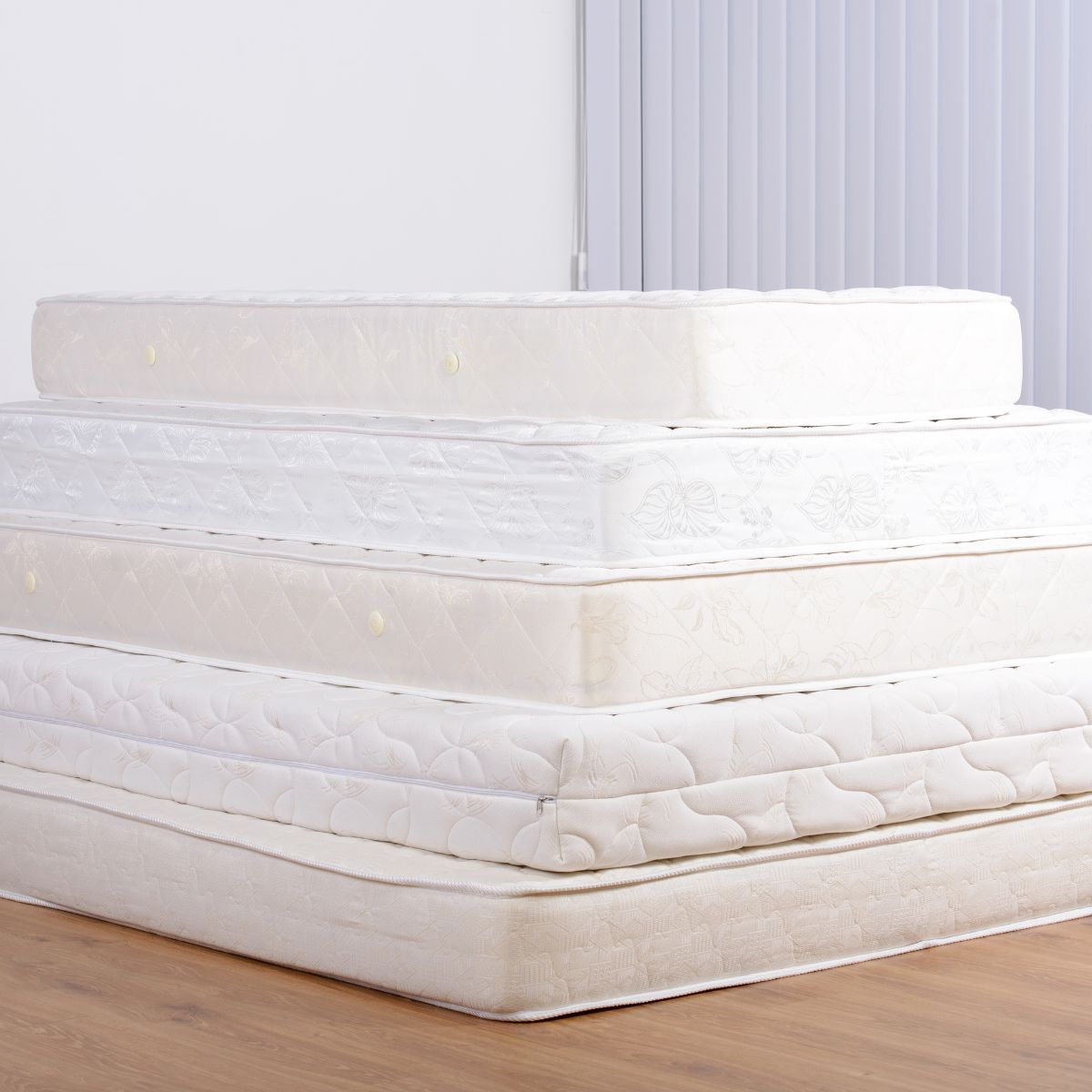
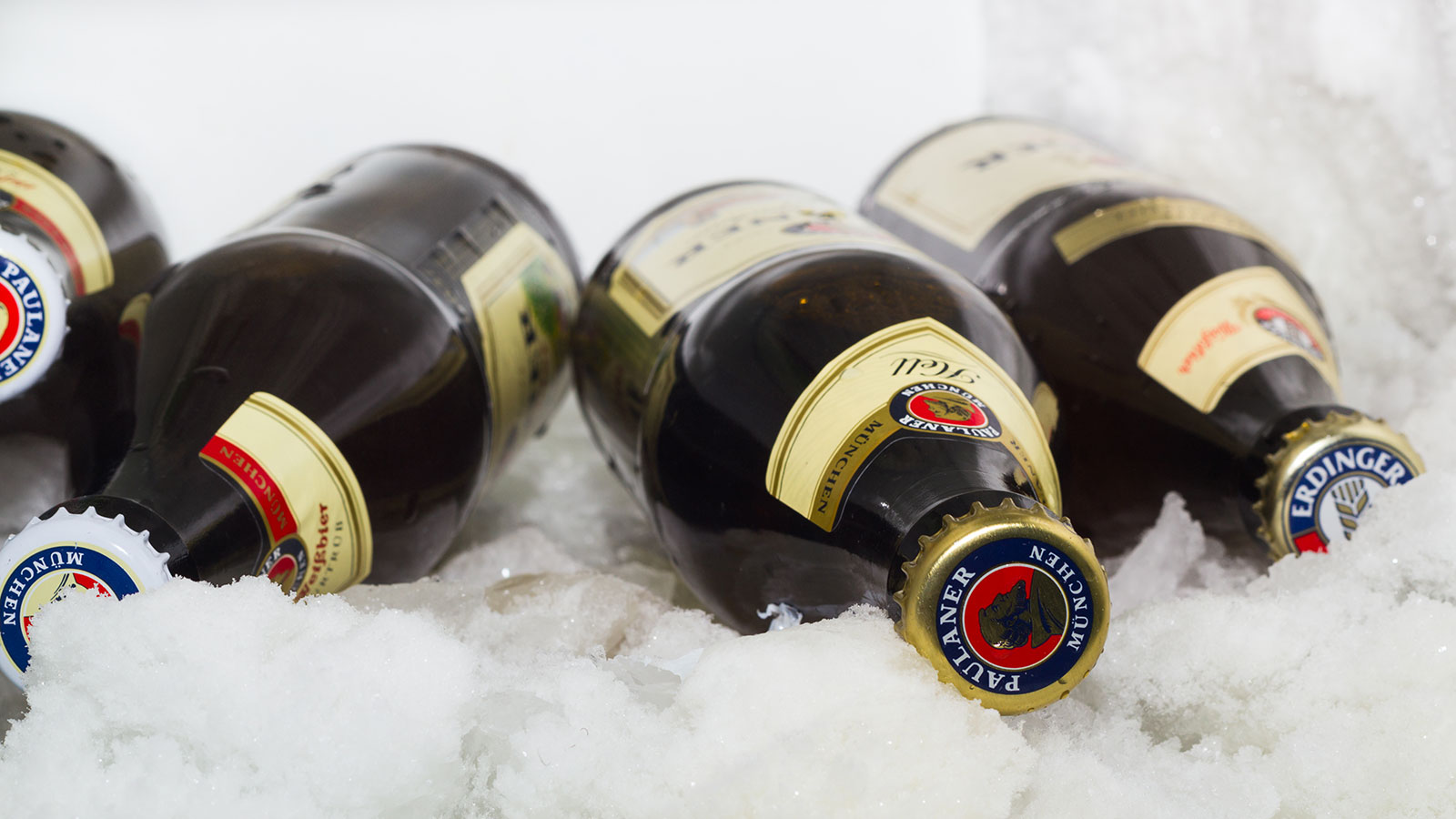





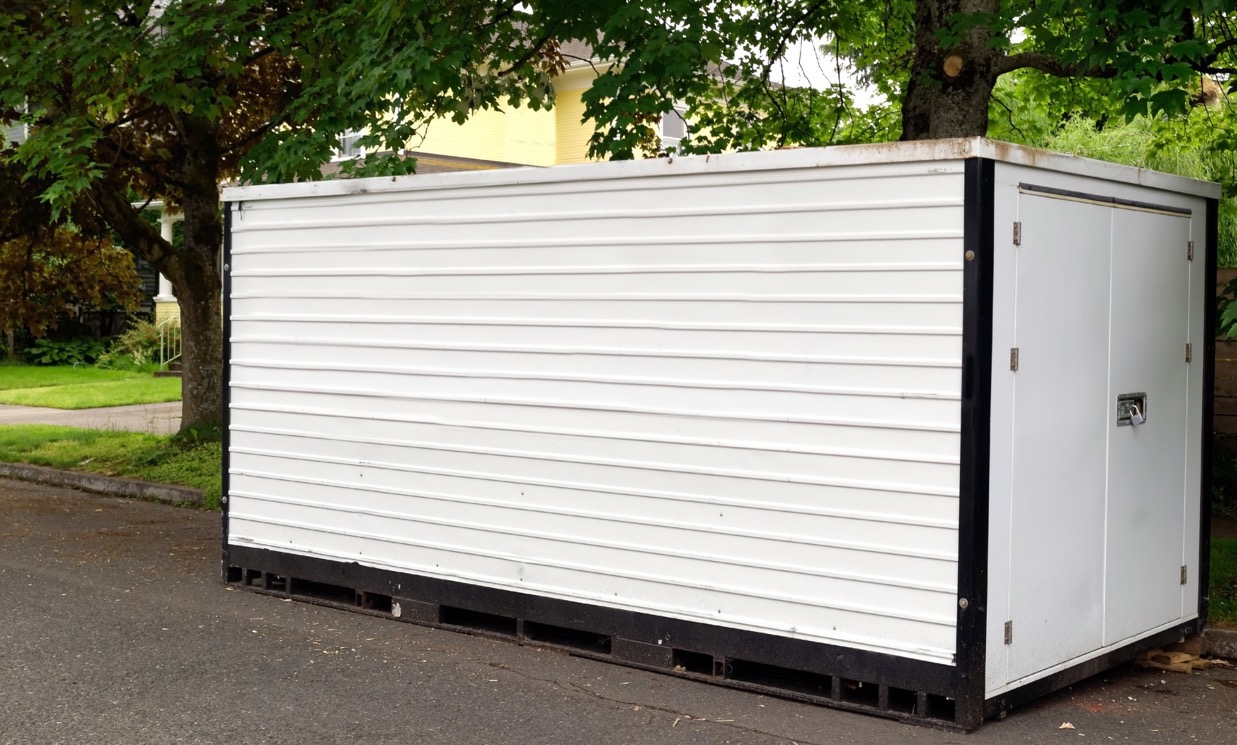

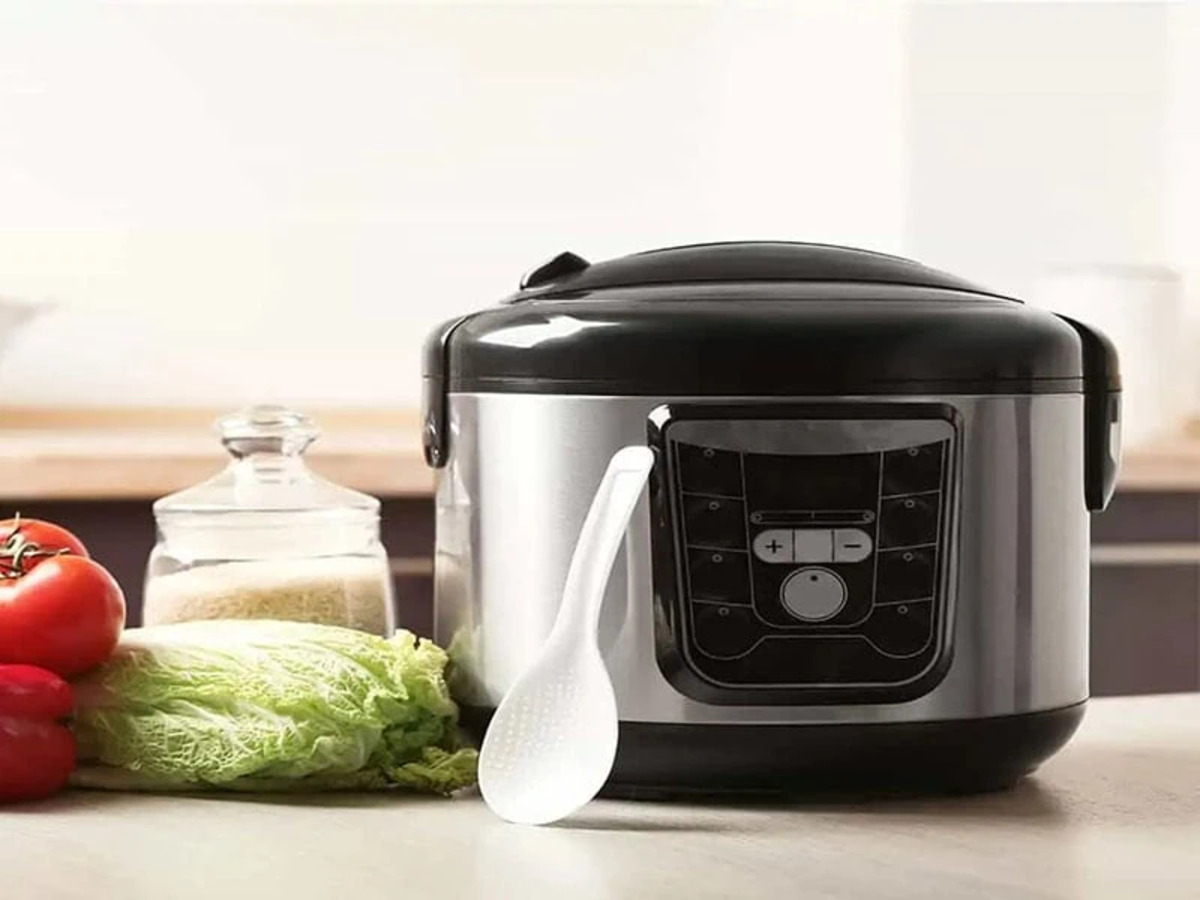


0 thoughts on “How Long Can You Keep Furniture In Storage”